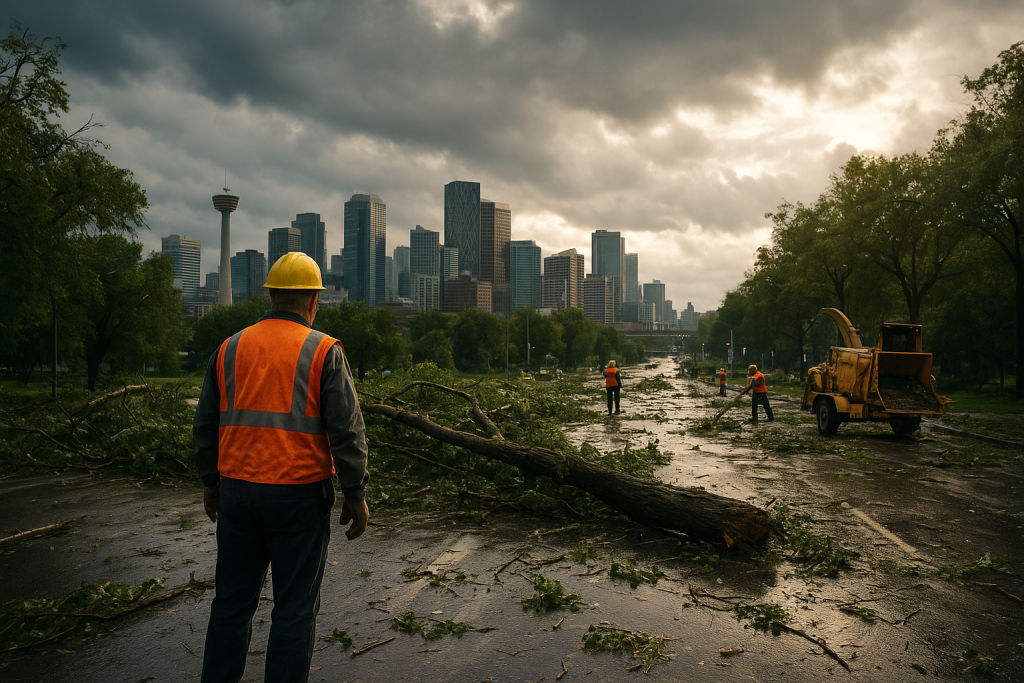“‘I believe climate change is due to a combination of factors, including natural cycles, sun spots and human activity. But scientists still don’t know for certain how much each of these factors contributes to the overall climate change that the Earth is experiencing,’ he said in a statement.”
VIEW SOURCE
WHAT CLIMATE CHANGE MEANS FOR TEXAS
- In 2011, more than 1,500 people lost their homes in Texas’s most destructive wildfire. 2012 was the second hottest summer on record. And over the past 10 years, Texas has been impacted by more than 20 billion-dollar weather and climate disasters.
- Texas experienced its hottest summer on record in 2011, with a record-breaking number of days over 100°F. In Texas and Oklahoma, a majority of range and pastures were classified in “very poor” condition for much of the 2011 crop growing season.
- In 2011, Texas was hit by eight of the nation’s billion-dollar disasters—the most of any state in the country. Of the eight, the three most devastating were drought, heat, and wildfires.
- Climate change has increased temperatures across the Great Plains since the 1960s, particularly in the northern states. The hotter, drier conditions are already contributing to water resource stress, particularly in the southern portion of the region. In the coming decades, lack of water will constrain development, stress natural resources, and increase competition for water among communities, agriculture, energy production, and wildlife and natural ecosystems. In 2011, heat and drought contributed to agricultural losses across the Midwest and Great Plains, and the northern Great Plains dealt with significant flooding. Extreme events like floods and droughts are expected to become more common with climate change. Other agricultural impacts of rising temperatures include changes in insect pests and the northward shift of optimal zones for crops. As young adults move out of small, rural communities, the towns are increasingly populated by a vulnerable demographic of very old and very young people, placing them more at risk for health issues than urban communities. Serious health concerns are also associated with severe flooding, which is projected to increase in the future, including a greater incidence of waterborne diseases. Water quantity and quality issues are expected to exacerbate existing economic and social issues for the 65 Native American tribes in the Great Plains, where populations on rural tribal lands have limited capacities to respond to climate change.




